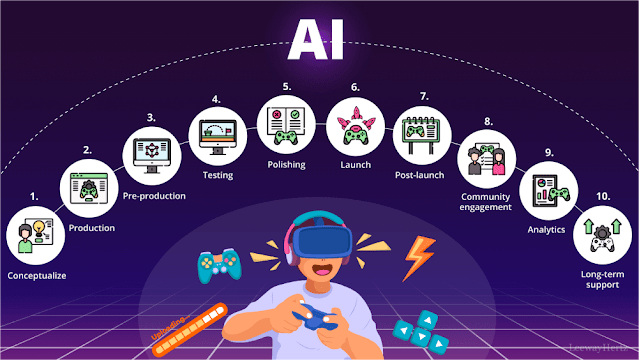Interactive Generative Video Game Engine Explained: How AI Is Reshaping Game Development
Modern video games are evolving rapidly, and at the center of this transformation is the interactive generative video game engine. This cutting-edge technology combines artificial intelligence and procedural generation to create dynamic, responsive, and endlessly replayable game environments. But how does it work—and what does it mean for developers and players alike?
🎮 What Is an Interactive Generative Game Engine?
An interactive generative game engine is a software framework that uses algorithms—especially those powered by AI and machine learning—to generate game content in real-time. Unlike traditional engines that rely heavily on pre-designed assets, generative engines create levels, characters, environments, or storylines based on player interactions, preferences, or randomized input.
🧠 Key Technologies Behind Generative Engines
- Procedural Generation: Algorithms generate terrain, maps, and structures dynamically.
- Generative AI Models: Language models (like GPT) or image generation tools create narratives, dialogues, or visuals.
- Neural Networks: Used to learn and adapt gameplay mechanics or patterns from users.
- Reinforcement Learning: Enables AI-controlled characters or systems to learn over time.
📈 Benefits of Generative Game Engines
- ✅ Infinite replayability – Every session can feel unique
- ✅ Scalability – Developers can create vast game worlds with less manual input
- ✅ Personalized experiences – Games can adjust based on a player’s skill or play style
- ✅ Reduced asset costs – Fewer manually designed levels, characters, or art
🧪 Examples of Generative Game Systems
- No Man’s Sky – Procedurally generated planets and ecosystems
- Spelunky – Randomly generated dungeons
- AI Dungeon – Uses language models to create interactive stories
- Ubisoft’s Ghostwriter – AI tool for generating NPC dialogue
⚙️ How Developers Use Generative Engines
Many game studios now integrate generative systems into popular engines like Unity or Unreal Engine through plugins or custom AI models. Developers train these models using data sets—game maps, player actions, story arcs—to create intelligent and responsive content generators.
🔮 Future of Game Development with Generative Engines
As AI technology advances, interactive generative engines will likely become standard in the game industry. We may soon see fully immersive, AI-built worlds where every object, NPC, and story event is dynamically generated and personalized in real time.
📌 Final Thoughts
Interactive generative video game engines are more than just a trend—they represent a paradigm shift in how games are designed, built, and played. For both indie creators and AAA studios, the ability to harness AI to automate and personalize game content will define the next generation of immersive gaming.
Want to explore more game tech innovations? Follow Scolex Portal for weekly insights into AI, cloud gaming, and the future of game design.













.png)



Social Plugin